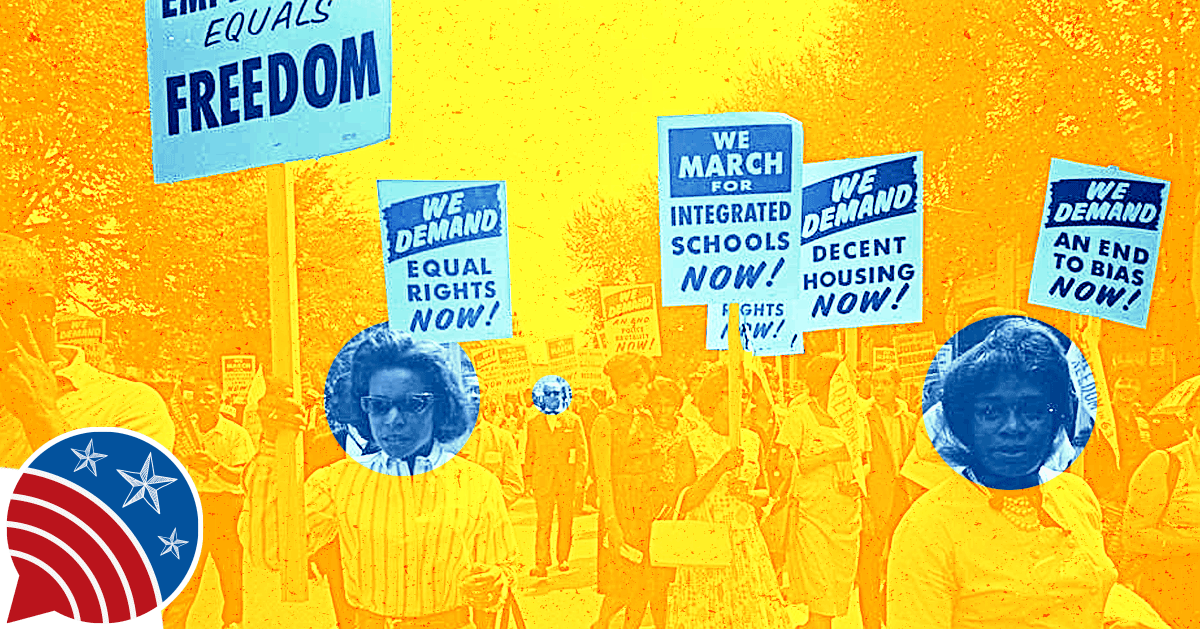
Civil Rights
Since its founding, the Constitution has been used, challenged, and made more perfect. All of this has been done to secure civil rights for groups whose rights have not always been protected. Explore the history of civil rights in America from its founding to today. How did Reconstruction amendments, civil rights legislation, and court cases like Brown v. the Board of Education shape the evolution of American civil rights? What issues still remain today? Prepare to engage in discourse on our country’s history with civil rights and what that means today and in the future.
Overview
Timeframe: 3-4 days / 50-minute sessions
60-Second Civics Podcast:
- Civil Rights at the Founding
- Frederick Douglass’ Speech
- Reconstruction Amendments
- Brown v. Board of Education
- Civil Rights Challenges Today
Beyond the Legacy Video:
Scholar:
Dr. Lester Brooks
American History Professor Emeritus
Anne Arundel Community College
Participants will learn about the constitutional underpinnings of civil rights and how they relate to racial segregation today to engage in a civil discourse model to expand their perspectives on the issue.
- 14th Amendment
- “compulsory school attendance”
- equal protection
- jurisdiction
- ratification
- rudimentary
- “separate but equal”
- state-imposed discrimination
Brown v. Board of Education of Topeka was a landmark decision by the United States Supreme Court in 1954 that declared racial segregation in public schools unconstitutional. A group of African-American parents brought the case forward on behalf of their children, who were denied admission to white schools due to their race. The Court found that segregation in education violated the Equal Protection Clause of the 14th Amendment, which guarantees equal treatment under the law to all citizens.
The decision overturned the "separate but equal" doctrine established in the Plessy v. Ferguson case of 1896, which allowed for racial segregation in public facilities as long as they were deemed equal in quality. Brown v. Board of Education marked a significant turning point in the Civil Rights Movement and paved the way for the desegregation of other public institutions, including public transportation, housing, and employment.
Implementing the Brown v. Board of Education decision was met with resistance from some white communities, leading to a long and tumultuous process of school desegregation across the United States. Nonetheless, the decision set a precedent for eliminating institutionalized segregation and discrimination, and it remains a powerful symbol of the struggle for civil rights in the United States.
Additional Resources:
- Brown v. Board of Education of Topeka (1954), Khan Academy
- Brown v. Board of Education Decision (Unabridged)
- Plessy v. Ferguson (1896), National Archives
- “What to the Slave is the Fourth of July?” National Museum of African American History & Culture
- “What to the Slave is the Fourth of July?” (1852) (Unabridged)
Students demonstrate their understanding of civil rights by making real-world connections between the context surrounding the Supreme Court’s decision on Brown v. Board of Education of Topeka and that of the present-day United States and the role of civil rights today.






